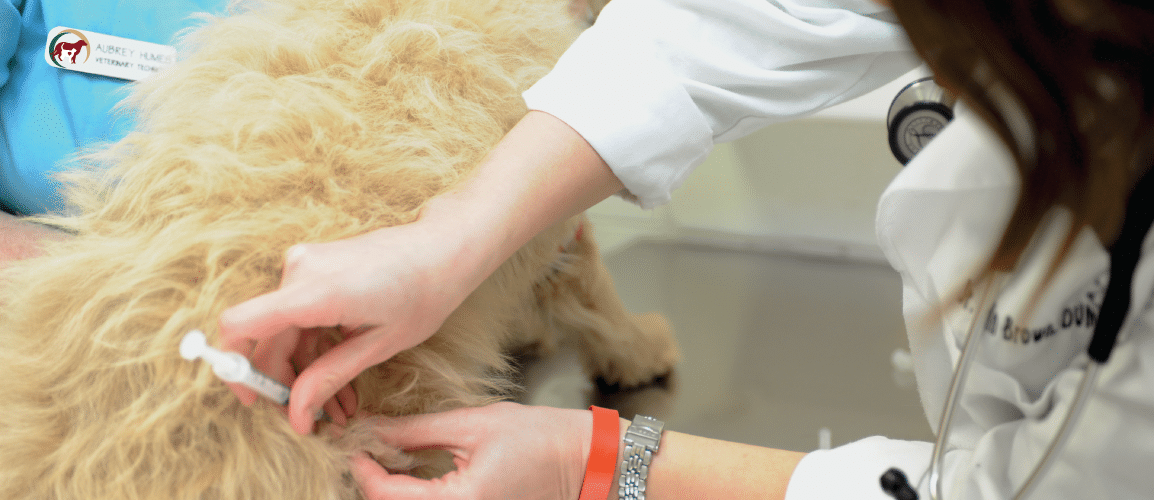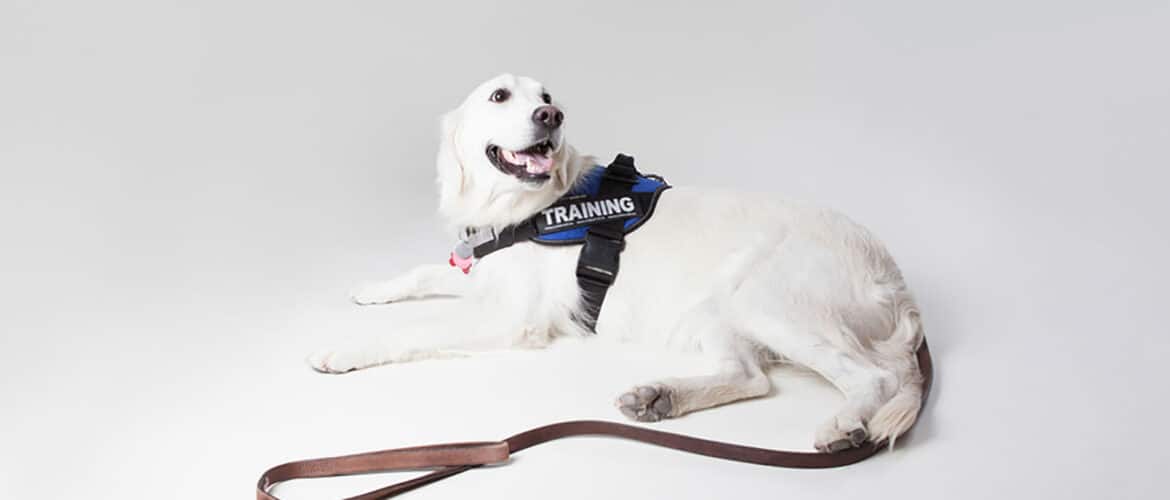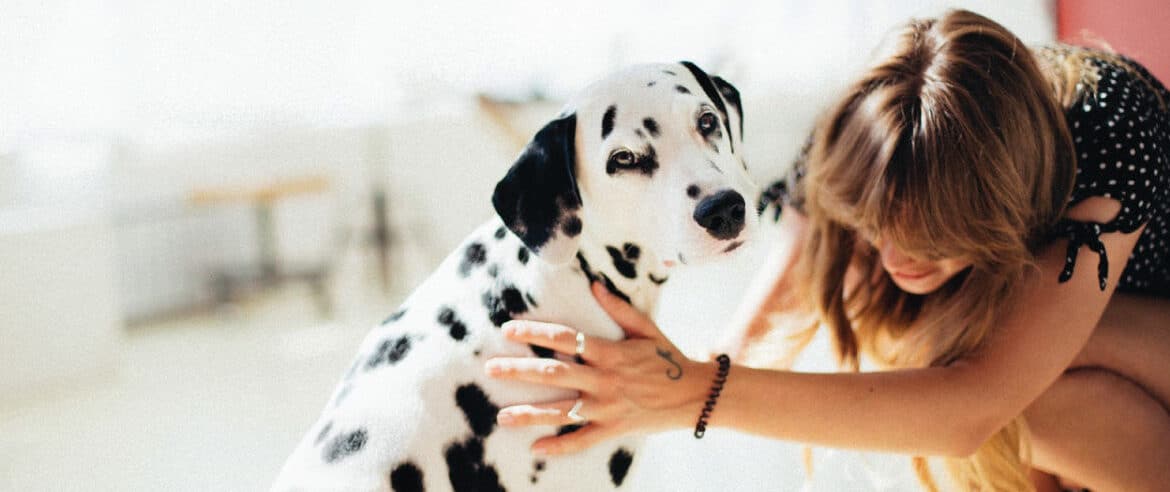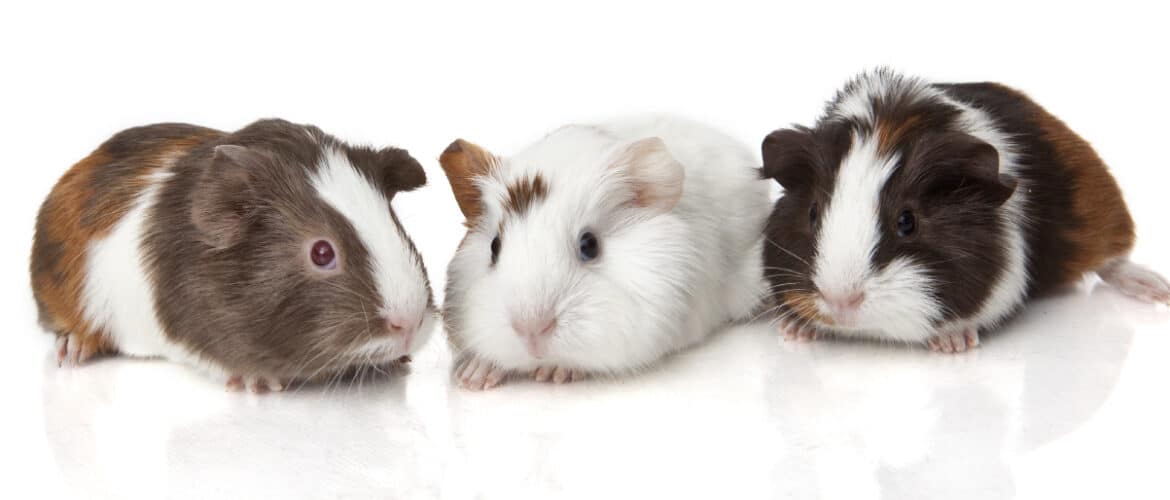You’re getting your very first pet, and it’s beneficial to both you and your new pet to keep some key points in mind as your puppy or kitten grows. Read on to find out more about the different life stages... read more
Core Canine Vaccines that Protect Your Dog from 5 Diseases
Dog ownership carries many responsibilities to ensure your four-legged friend stays happy and healthy. Among feeding, grooming, walking, and training, your dog also needs regular veterinary care to maintain good physical health, and this includes vaccinations against dangerous diseases. Vaccines... read more
Service Animals – Are Fake Certifications Harming Others?
We all love our pets and wish they could always be by our side. Your pet is a sweetheart that wouldn’t hurt a fly and you want to take him everywhere. No harm in that, right? Just being around them... read more
The Birds, the Bees, and Spaying or Neutering your Pet
If you’ve ever thought about adding a pet to your family, spaying or neutering should definitely be on your to-do list. During this procedure, reproductive organs are removed from your pet to prevent reproduction, disease, and behavior issues. The following... read more
What Are Pocket Pets?
Are you one of the four million homes in the U.S. that own a pocket pet, or are thinking about adding one to your family? We’re here to help you learn how to care for these little critters. Pocket Pet refers... read more






